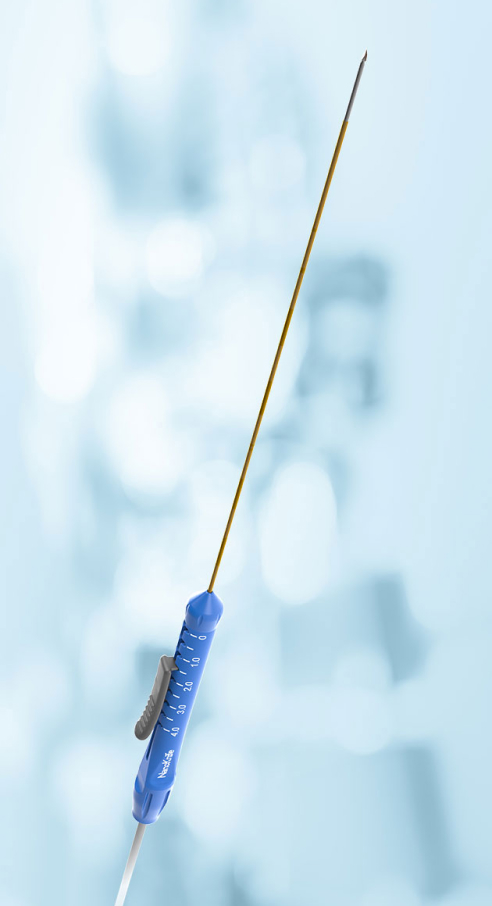Standard Treatment Options
for Prostate Cancer
For patients who are diagnosed with prostate cancer that is confined within the prostate gland, your physician will generally provide you with three treatment options:
![]()
Active Surveillance
For certain types of prostate cancer, the growth rate is so slow that it will often outlive the natural life of an average patient. In other words, you will die with the disease, rather than from the disease. This recommendation is based on how aggressive the prostate cancer cells appear under the microscope, called grade. If your grade is assigned a Gleason Score of 6, then active surveillance is often recommended. This does not require any active treatment and you would be monitored with regular PSA testing, prostate biopsies and MRI imaging. However, men with certain types of Gleason Score 6 prostate cancer may require treatment and it would depend on the individual circumstances. Over time, there is a small risk that your cancer may grow and become aggressive, but statistically the chances are low.
![]()
Surgery
For certain types of prostate cancer that is considered more aggressive, complete surgical removal of the prostate may be required. This is called radical prostatectomy (either done with open or robotic techniques). More aggressive cancers are determined by a higher Gleason Score (7 or more), a more advanced stage of the cancer or a higher PSA level (blood test). The long-term consequences of undergoing surgery can have major impact in your ability to have erections for sexual intercourse and your ability to control your urine which can lead to major incontinence (involuntary urinary leakage). These should be discussed with your urologist.
![]()
Radiation
An alternative to surgery, is radiation treatment to the prostate gland. There are many forms of radiation treatments that can be utilized including external beam or radioactive seed implants (brachytherapy). Radiation treatments are less invasive than surgery, but can require multiple visits for days to weeks to get your daily radiation treatment. Like surgery, you can have major problems with erectile function and urinary control. In addition, you can develop other complications that can affect bladder and bowel function due to collateral damage of these organs from radiation effects. You can also develop second types of cancer in the long-run due to radiation exposure (although is rare). These should be discussed with your radiation oncologist who performs these treatments.
Are there any treatments other than surgery or radiation where I don’t have to suffer sexual or urinary problems and yet effectively treat my prostate cancer?
The Nanoknife focal treatment for prostate cancer can precisely provide this – effectively treat your prostate cancer while maintain erectile and urinary control function.
What is the Nanoknife Procedure?
The Nanoknife System is a form of focal treatment for prostate cancer that is confined within the prostate gland. It is minimally invasive and only treats the area in the prostate gland affected with prostate cancer while preserving the rest of the normal prostate gland. This has the advantage of preserving your sexual function and urinary control.
The treatment uses probes that are placed around the tumour area and uses Irreversible Electroporation (IRE) technology that delivers high energy electrical pulses to the cancer cells between the probes which causes them to be destroyed. The normal prostate tissues outside of the probes are preserved and not damaged. The probes are inserted by your urologist directly into the prostate gland with you asleep under ultrasound guidance. The procedure takes about an hour to perform and you go home the same day. You can resume your normal activity a few days after the procedure.
Current studies have shown that cancer control rates from the Nanoknife System have the same cancer control rates as patients who undergo surgery, after 5 years of study.
Unfortunately, the Nanoknife treatment is not an insured service in Ontario (it is not covered by OHIP), and there is a fee to undergo this treatment.
